Join More Than 50,000+ Subscribers and get latest camera news and rumors
NEW CAMERA VIDEOS ON YOUTUBE
|
By admin, on March 12th, 2020
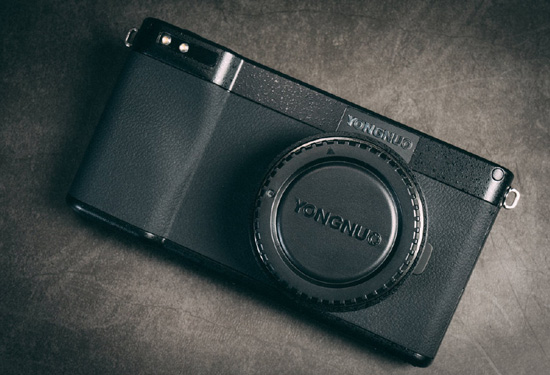
We all know that Yongnuo YN450 4G camera was limited to China, now again Yongnuo is planning to announce a successor of their Yongnuo YN450 4G Mirrorless camera. The first set of images of the upcoming camera is now available, take a look at the pics of the camera
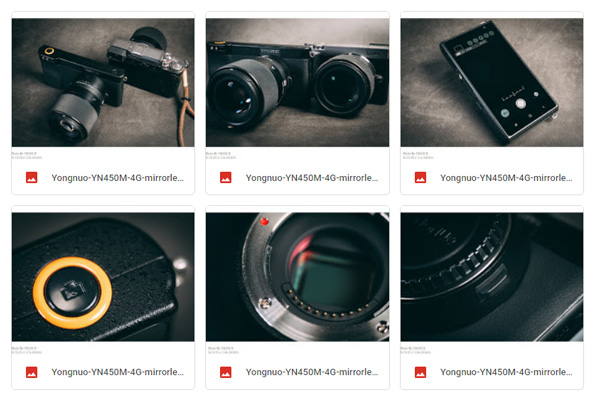
More set of images here
The full specs haven’t been announced yet, although I would suspect it’s largely the same as the original YN450, except for the lens mount.
YN450M 4G camera with a Micro 4/3 bayonet mount has a 4/3 standard sensor ( possibly the same 16 Megapixels same as of it’s predecessor). Yongnuo company produces only one Micro 4/3 standard lens, which means that with the new product you can use the “native” autofocus optics. As well as compatible with other M4/3 format lenses.
YN450M Possible Specification
- 16 MP M4/3 CMOS Sensor
- M4/3 Lenses Lens Mount
- CDAF [Contrast Detect AF System]
- .4k 30 fps video
- Android Pie OS
- GPS module
- headphone jack
- memory card
- Full HD touchscreen
- 4G/3G data network and WiFi
- Dual mic for stereo sound
- 3.5mm mic jack
- Large 4000 mAh battery
- Simple and easy operation
- Dual LED flash
- RAW support
We will update you soon as we get any new information

Get LIVE RUMORS –> FACEBOOK | TWITTER | INSTAGRAM to get live news and rumors
By admin, on March 11th, 2020
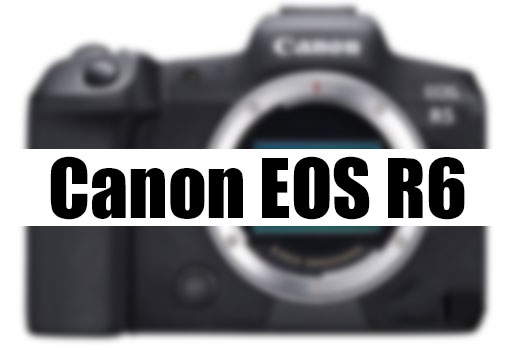
A new camera surfaced over wireless certification agency today, the model code of the camera is DS126838. We do believe the registered model code is of Canon EOS R6 camera with 20MP FF Sensor. Take a look at the registered details of the camera
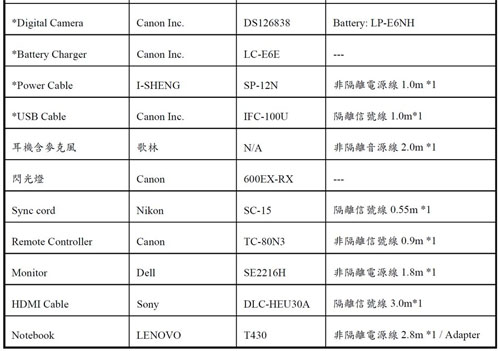
Canon EOS R6 aka DS126838 Registered model code details
- Canon’s DS126838 interchangeable lens camera has been registered with the Taiwan NCC.
- Equipped with Wi-Fi (802.11a / b / g / n / ac) and
- Bluetooth5.0. The battery is LP-E6NH.
- Compatible with Speedlight “600EX-RX” (new type?)
- And remote controller “TC-80N3”
From the initial set of specifications we have about the upcoming camera, the camera will use the same battery as we have in the Canon EOS R5 and RP camera. The Canon EOS R5 will use a brand new higher capacity battery as we have told you a week ago and not only that the Canon EOS R5 is also rumored to feature Pixel-Shift High-Resolution Mode. Btw, let’s have a look at the rumored core specifications of the Canon EOS R6 Camera.
A month ago Canon registered Canon EOS R5 camera with model code DS126832.
Canon EOS R6 Rumored Specification
- 20mp full-frame CMOS sensor
- IBIS
- 12fps mechanical and 20fps electronic.
- 4K @ 60p
- New battery (Not sure if it’s the same as the EOS R5)
- June 2020 launch
As per the latest rumors, Canon EOS R6 is scheduled to arrive at the end of 2020.
We will update you soon as we get any new information.

Get LIVE RUMORS –> FACEBOOK | TWITTER | INSTAGRAM to get live news + Canon rumors 24X7
source
By admin, on March 11th, 2020
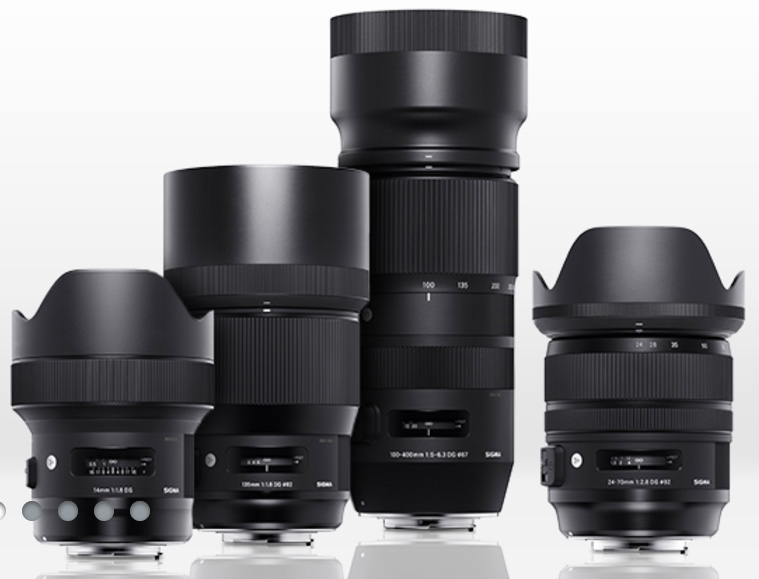
In the latest tweet, Sigma CEO confirmed that they are working on the research and development of Fullframe and APS-C Mirrorless camera lenses instead of DSLRs lenses.

Translated tweet
Thank you very much. Most new products in the future will be the DN series designed exclusively for mirrorless cameras. The DG DN series for full-size mirrorless, which is frequently requested, will be the center, but we believe that we need to expand the DC DN for APS-C (+ MFT), which is currently popular. You.
It’s obvious that third party lens makers will concentrate n the research and development of Mirrorless lenses. Since the DSLR makers are running on DSLR cannibalization mode, and a month ago Canon Europe Marketing head said that they have stopped the research and development program of DSLR lenses.
We will update this page as soon as we get final test scores of Fuji X-100V camera.

Follow us on our social pages FACEBOOK | TWITTER | INSTAGRAM
By admin, on March 10th, 2020
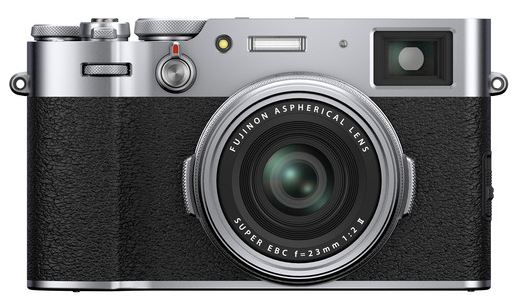
Fuji X-T100 V camera arrived with Fuji ultra-popular 26 MP BSI CMOS Sensor. Does the new sensor outperforms the old sensor with a margin or do they have a big difference. We are getting lots of questions from our users related to the Fuji X-100V dynamic range. So, I have compared the Fuji X-T30 (same 26.1MP APS-C X-Trans BSI CMOS 4 Sensor as of Fuji X-100V) camera sensor test score with Fuji X-100F (24.3MP APS-C X-Trans CMOS III Sensor).
Fuji 26.1MP APS-C X-Trans BSI CMOS 4 Sensor vs Fuji X-100F (24.3MP APS-C X-Trans CMOS III Sensor)
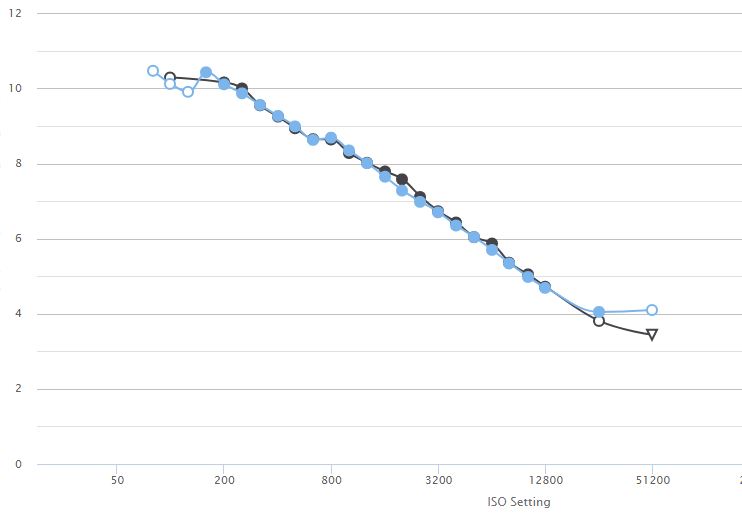
We will update this page as soon as we get final test scores of Fuji X-100V camera.

Follow us on our social pages FACEBOOK | TWITTER | INSTAGRAM, See more Fuji Rumors
By admin, on March 10th, 2020
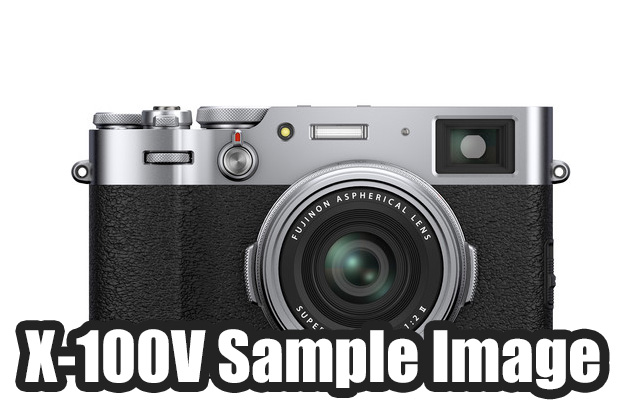
Fuji X-100V is undoubtedly the best compact camera street shooter. The Fuji X-100V feature Fuji ultra-popular 26MP BSI CMOS sensor in an ultra-compact body which make it a perfect companion for those who love pocket powerhouse camera. It’s time to look at Fuji X-100V Sample Images.
B&H – Fuji X-100 V Black | Fuji X-100 V Sliver
Amazon.com – Fuji X-100 V Black | Sliver
Fuji X-1100 V is 5th generation of Fuji X-series compact camera with APS-C sensor. The camera is also able to record DCI 4K UHD videos, as well as you, get amazing images from class-leading 26MP BSI CMOS sensor.
Fuji X-100V Sample Images

see more images here
Fuji X-100V press release here.
We will update you soon as we get more information related to the upcoming Fuji X-T4 camera.

Follow us on our social pages FACEBOOK | TWITTER | INSTAGRAM, See more Fuji Rumors
By admin, on March 9th, 2020
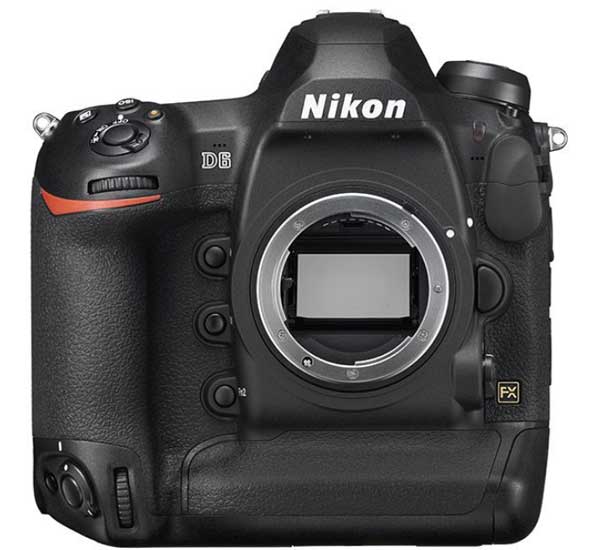
Get Nikon D6 from B&H Store
Finally Coronavirus (COVID-19) affecting the camera industry. In a recent press release, Nikon has delayed the Nikon D6 until May 2020. As we all know that the 2020 Olympics has been canceled. So, the delay of Nikon D6 won’t affect photographers that much.
Nikon D6 Delayed Due to Coronavirus – Nikon official press release
Apology and Notice of Delay in the Release of the Nikon D6 Digital SLR Camera
Melville, NY – Thank you for choosing Nikon for your photographic needs.
As a result of delays in the procurement of parts and components from a third-party cooperating company due to measures implemented in response to the spread of COVID-19, the release of the new Nikon D6 digital SLR camera, originally planned for March 2020, will be delayed. We sincerely apologize to our customers and all those concerned for any inconvenience this may cause.
We are now planning to release the Nikon D6 in May 2020 and will announce the new release date once it has been determined.
We will continue to closely monitor the situation and do our utmost to deliver this new camera as soon as possible. Thank you for your understanding and patience in this matter.
Also see – Reasons: Why Nikon D6 Doesn’t Have Sensor-Shift Image Stabilization
We will be updating you with more details soon.

Follow us on our social pages FACEBOOK | TWITTER | INSTAGRAM to get live news + Nikon Rumors 24X7
By admin, on March 9th, 2020
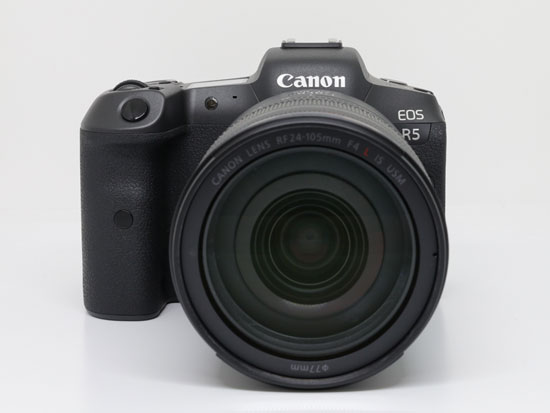
According to the latest rumors surfaced over the web working prototypes of the Canon EOS R5 camera do have Pixel-Shift High Resolution Mode of 150MP [Approx]. But, keep in mind the Pixel-Shift High Resolution Mode is now limited to beta firmware and no one knows it will be available on final version firmware or not.
Canon EOS R5 Official specification
- Newly developed CMOS sensor
- 8K Video
- 20 frames-per-second (FPS)
- 12 FPS (mechanical shutter)
- IBIS (In Body Image Stabilization)
- dual-card slots
- Auto transfer of images to Canon Cloud Platform
Now it’s time to look at the set of updated rumored specification we have related to Canon EOS R5 Mirrorless camera
Canon EOS R5 Rumored Specification [Updated]
- Sensor resolution: 45mp / 40mp [Unconfirmed]
- Image stabilization : IBIS + OIS
- High Resolution Sensor Shift Mode upto 150MP [Unconfirmed]
- Continuous shooting speed 12fps Mechanical
- 20fps Electronic
- 8K @ 30fps RAW
- 4K @ 120fps
- 4K @ 60fps
- Shipping date of the camera July 2020
We will update you soon as we get any new information.
See more – Canon EOS R5 Registered Model Code | Canon EOS R5 Official Press Release

Get LIVE RUMORS –> FACEBOOK | TWITTER | INSTAGRAM to to get live news + Canon rumors 24X7
|
KEEP THIS BLOG ALIVE - Support New Camera Buy Canon Lenses, Buy Music CD or Digital Camera at amazon it helps this site, and you do not pay anything extra, it is just a way to help support this site.

|


















